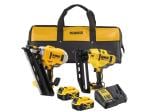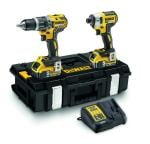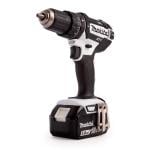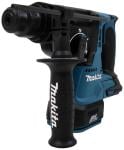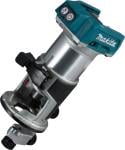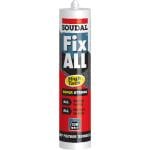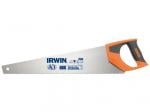Sandpaper Grits Explained
Sanding is arguably the most important step of all when woodworking – lest you want a rough piece of furniture that’s littered with splinters. If you wish to smooth off your surfaces with expert precision and prepare them for painting and staining, then having the right sandpaper is essential. Then again, with so many different grits and grades, how do you decide which one to choose? In this article, we’ll tell you everything you need to know.
What’s the Finest Sandpaper of All?
Let’s start with the finest sandpaper of all. There are 6 primary types of sandpaper grit and they are each categorised by:
- Extra Coarse
- Coarse
- Medium
- Fine
- Extra fine.
The grit refers to a rating of the size of the abrasive materials present on the sandpaper. The higher this number, the smoother the finish it will produce. And of course, the lower the grit number, the rougher the finish (though with a much faster material removal rate).
- 24-36 grit (extra coarse)
- 40 grit (coarse)
- 80 grit (medium)
- 100 grit (medium+)
- 120 grit (fine)
- 220 grit (fine+)
- 440 grit (extra fine).
The grit level that you should choose largely depends on the application itself. Below, we’ll talk you through each grit level and the applications in which they are most commonly used:
- Extra coarse sandpaper: extra coarse sandpaper is used for sanding floors as it provides a rapid material removal rate compared to the higher grits.
- Coarse sandpaper: coarse sandpaper is typically used for sharping rough wood and removing the previous finishes of existing paint and varnish. It is ideal for the early stages of your application’s development.
- Medium sandpaper: medium sandpaper is often used for the final shaping work on an application, or for removing any marks left over from planing the wood.
- Fine sandpaper: fine sandpaper is most commonly used in workshops for the final sanding phase – perfect for finishing off a workpiece.
- Extra fine sandpaper: extra fine sandpaper is typically used between various coats of paint and/or varnish to achieve the smoothest possible finish.
In most woodworking projects, you’ll typically start off using coarse sandpaper and work your way up to fine.
What Grit Sandpaper Should You Use for Wood?
Sanding wood can be achieved either by hand or using an electric sander – however, using a power tool will certainly get the job done faster and more efficiently. The sandpaper that is applied to power tools comes in a disc shape (or belt/sheet). In any case, what sandpaper type should you use for wood? Here are a few things to consider:
- Fine sandpaper cannot be used to remove paint or varnish from wood.
- Medium sandpaper will leave a coarse surface texture on wood and thus will need to be followed up by fine sandpaper (depending on your desired finish).
- Coarse sandpaper can be used to remove material rapidly.
Again, it depends on the project type. You will likely need to use a combination of the various sandpaper grit types as you progress through your project.
What’s the Difference Between Grit and Grade?
When it comes to sandpaper, what’s the difference between grit and grade?
- Grit refers to the size of each abrasive grain present on the sandpaper (e.g., 24 to 440).
- Grade is a much broader term that refers to the range of grits (e.g., 120 to 220 grit for fine).
What Type of Sandpaper Should You Use?
It’s not just grit that you need to think of; sanding discs and sheets are each made from different material types, such as:
- Aluminium oxide: aluminium oxide is a synthetic grit and is suitable for all hardwood types – including metals.
- Emery: emery is a natural grain that can be used to polish metal, as it is typically too sharp for wood.
- Garnet: garnet is another natural grain, softer than emery and ideal for fine sanding.
- Silicon carbide:silicon carbide is most commonly utilised for sanding wet applications. This is a durable synthetic abrasive and is suitable for use on a variety of materials, including:
- Plastic
- Metal
- Hardwood
- Softwood
Related Products / Links
Listed below are some of our sanding paper-related products:
- Klingspor 125mm 8 Hole Paper Sanding Discs
- Klingspor 150mm 6 Hole Paper Sanding Discs
- Flex Abrasive paper 80g Velcro Sanding Paper (Box of 25)
- Flex Abrasive paper 100g Velcro Sanding Paper (Box of 25)
- Flex Velcro paper 120g Velcro Sanding Paper (Box of 25)
- Flex Grinding paper 150g Velcro Sanding Paper (Box of 25)


